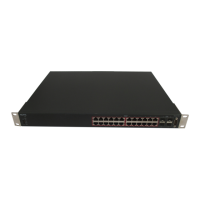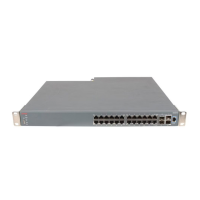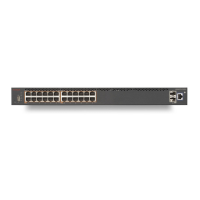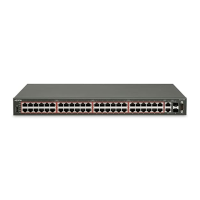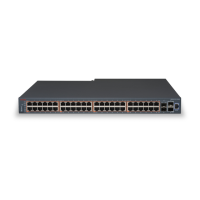3. In the Basic tab, click Insert.
4. In the Id box, enter an unused VLAN ID, or use the ID provided.
5. In the Name box, type the VLAN name, or use the name provided.
6. In the StgId specify the IDs to associate STG with the selected VLAN or VLANs.
7. In the Type box, select the type of VLAN you want to create.
• To create a VLAN by port, choose byPort.
•
To create a VLAN by protocol, choose byProtocolId. This activates additional
fields to configure protocol-based VLANs, including a selection of various
protocols.
• To associate SPBM network instance with one backbone VLAN in the core
SPBM network, choose spbm-bvlan.
• To use VLAN and create an endpoint to one I-SID and another port to create
an endpoint to another I-SID, choose spbm-switchedUni.
8. Select VoiceEnabled to indicate whether a VLAN is voice VLAN.
9. Select RspanEnabled to indicate whether a VLAN is RSPAN enabled.
Variable definitions
Use the data in the following table to create VLAN using EDM.
Table 18: VLAN using EDM
Variable Value
Id Specifies the ID for the VLAN.
Name Specifies an alphanumeric name for the
VLAN. If you do not type a name, the switch
default is applied.
StgId Specifies the Spanning Tree Group (STG) to
associate with the selected VLAN or VLANs.
This is a read-only value.
Important:
This column is available only when the
Spanning Tree administration operating
mode is avayaSTG mode, when the
operating mode is Multiple Spanning Tree
Protocol (MSTP) or Rapid Spanning Tree
Configuring the switch using ACLI
48 Quick Start Configuration for Avaya ERS 4000 Series November 2013
Comments? infodev@avaya.com

